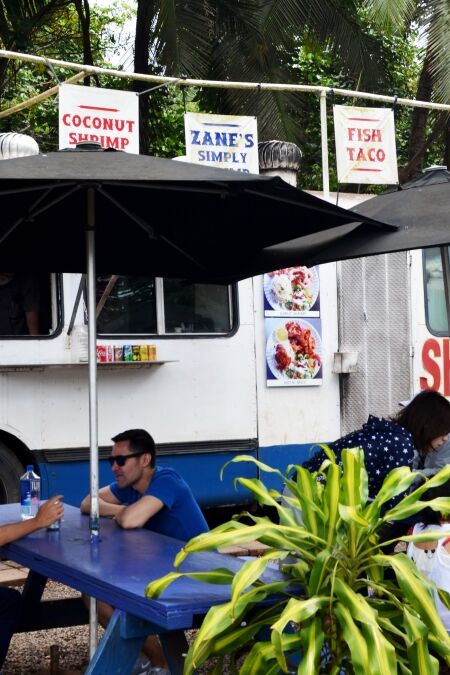On the southern coast of Kauai, Makauwahi Cave Reserve stands as a testament to Hawaii’s rich natural and cultural heritage. As the largest limestone cave in the state and the most significant fossil site on the islands, this reserve offers a unique opportunity for visitors to delve into the past through ancient artifacts and fossils. This article is a comprehensive travel guide, detailing everything from how to visit and what to expect to the fascinating wildlife, activities, and conservation efforts that make Makauwahi Cave Reserve a must-see destination.
Important Update: Makauwahi Cave Reserve is scheduled to close on October 31, 2024, marking the end of 20 years of public access. This closure is due to the expiration of the land lease held by founders David Burney and Lida Pigott Burney.
Highlights
- Explore the expansive sinkhole of Makauwahi Cave, which features natural rock formations and provides a glimpse into a world shaped over 10,000 years.
- It serves as an active archaeological site, allowing visitors to learn about Kauai’s prehistoric ecosystem and the history of early Polynesian settlers.
- You’ll find rare plants, birds, and tortoises roaming freely – the reserve uses African spur-thighed tortoises as natural lawnmowers! The chance to interact with these gentle giants makes this experience even more special.
- One popular route takes you along the Maha’ulepu Heritage Trail, where you’ll be treated to panoramic views of Kauai’s southern coastline.
- Kids will love seeing the tortoises and the accessible paths suit visitors of all ages.
History
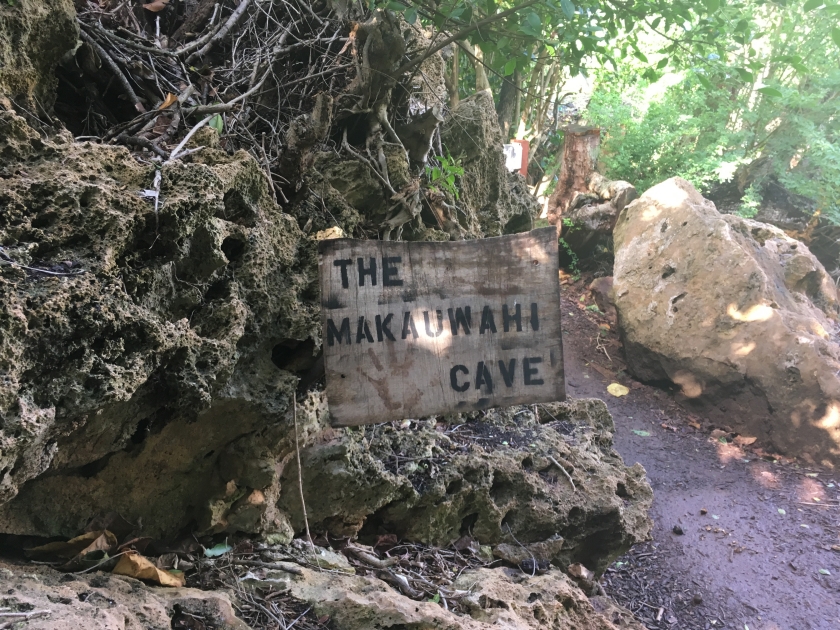
Ancient Significance
For centuries, Makauwahi Cave was known to Kauai’s indigenous people, serving as a sacred burial site. The cave’s name, “Makauwahi,” which translates to “smoke eye,” reflects its cultural importance. The cave’s entrance, a collapsed sinkhole formed approximately 7,000 years ago, transformed the area into a unique ecosystem that has attracted plant and animal species over millennia.
Discovery and Preservation: Uncovering the Past
Makauwahi’s scientific significance was first recognized in 1992 by researchers David Burney, Lida Pigott Burney, Helen F. James, and Storrs L. Olson while searching for fossil sites along Kauai’s coast. Their excavation revealed nearly 10,000 years of sedimentary records, including fossils of extinct species, bird bones, ancient plant materials, and artifacts linked to human activity. In 2004, the Burneys acquired a lease for the 42-acre property to protect and restore it. Since then, the site has undergone extensive rehabilitation after years of agricultural use, with efforts focused on reintroducing native plants and wildlife.
A Treasure Trove of Fossils and Artifacts
Makauwahi Cave Reserve offers visitors a glimpse into the biodiversity and history of Kauai before human colonization. Excavations have uncovered fossils of extinct species, such as the moa-nalo bird and the blind Kaua’i mole duck, alongside remains of nearly 40 bird species. Archaeologists have also found tools, fishhooks made from pearl and bone, and other pre-contact artifacts that shed light on ancient Hawaiian life. These discoveries help scientists reconstruct the island’s environmental conditions and reveal the drastic ecological changes caused by human settlement.
Ongoing Conservation and Wildlife Restoration
Since restoration began in 1999, the reserve has reintroduced over 10,000 native and Polynesian plants, transforming the area into a thriving habitat. African spur-thighed tortoises, used as natural “lawnmowers,” help manage invasive plant growth, providing a unique wildlife experience for visitors. Conservation efforts at the reserve aim not only to restore native ecosystems but also to educate the public about Hawaii’s environmental heritage through guided tours and outreach programs.
At Present: A Living Museum of Natural and Cultural History
Makauwahi Cave Reserve is open to the public and offers free guided tours on weekends, making it accessible for travelers of all ages. Visitors can explore easy trails through the scenic reserve, marvel at limestone formations, and learn about ancient fossils and cultural artifacts. For those who enjoy hiking, the nearby Maha’ulepu Heritage Trail offers stunning views of Kauai’s southern coastline. Whether you are a history enthusiast, a nature lover, or simply looking for a family-friendly outdoor experience, Makauwahi Cave Reserve is a fascinating destination that brings Hawaii’s past to life.
Unique Features of the Makauwahi Cave Reserve
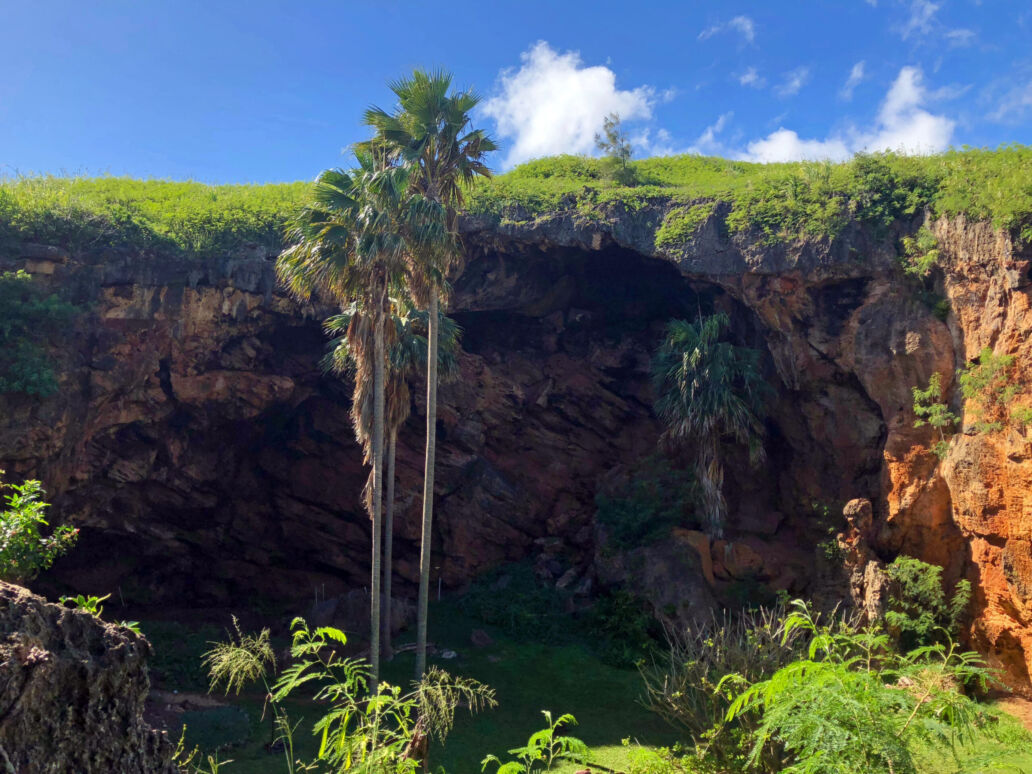
The Sinkhole
At the heart of the reserve is a massive sinkhole formed by the collapse of the cave’s roof around 7,000 years ago. Now transformed into a “sunken garden,” this area once hosted a freshwater lake that supported a variety of ancient wildlife.
Lida's Field of Dreams
This section highlights groundbreaking restoration efforts focused on reviving native plant species. The local community has repurposed abandoned farmland to nurture native flora, harvesting over five million seeds annually to support ongoing conservation initiatives.
The Abandoned Quarry
Visitors can also catch a glimpse of the rugged landscape shaped by an old limestone quarry. However, due to unstable cliffs and safety concerns, this area is off-limits for exploration, and caution is advised when nearby.
Activities and Things to Do
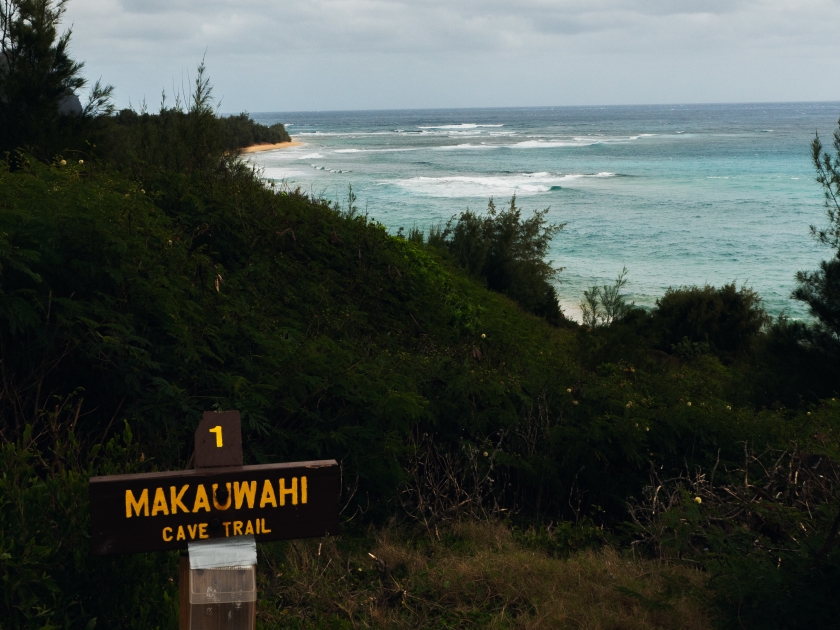
Explore the Trails and Immerse in Nature
Embark on a self-guided nature trail less than half a mile long, offering spectacular views of the ocean, estuary, and native landscapes. Along the path, visitors can explore the area’s rich biodiversity and archaeological significance with the help of waterproof boxes containing guides linked to numbered posts. For the more adventurous, access the reserve via a scenic two-mile coastal hike from Keoneloa Bay or take a bumpy dirt road through Grove Farm, passing the Hyatt Hotel.
Join a Guided Tour for Deeper Insights
For a more immersive experience, visitors can join free guided tours led by passionate volunteers every weekend from 10 AM to 4 PM. These tours offer a detailed exploration of the cave’s geology, history, and the conservation work being carried out, giving participants a deeper appreciation of the reserve’s ecological importance.
Birdwatching and Wildlife Spotting
The reserve is a haven for birdwatchers, with opportunities to spot native and migratory birds in their natural habitats. Visitors can observe these species in the lush greenery surrounding the cave or along the nearby estuary, making the reserve a prime location for eco-tourism in Kauai.
Capture Scenic Moments with Photography
The hiking trails and outdoor landscapes around Makauwahi Cave Reserve offer stunning photography opportunities. Visitors can capture diverse settings, from rugged cliffs and coastal vistas to thriving ecosystems and archaeological features—perfect for nature enthusiasts and photographers alike.
Relax and Picnic by the Beach
After a day of exploration, visitors can unwind with a picnic near the cave or along the scenic Maha’ulepu Beach. The tranquil beach setting provides the perfect backdrop for a relaxing afternoon, with gentle waves and ocean breezes enhancing the experience.
Conservation Efforts
Makauwahi Cave Reserve is committed to more than just safeguarding its archaeological treasures—it also plays a vital role in the restoration of native ecosystems. Through innovative conservation techniques, the surrounding landscapes have witnessed the revival of indigenous plants and wildlife. Visitors exploring the reserve may come across endangered waterbirds and discover fascinating underground ecosystems, showcasing the success of ongoing efforts to restore and protect Kauai’s natural heritage.
Plan Your Visit
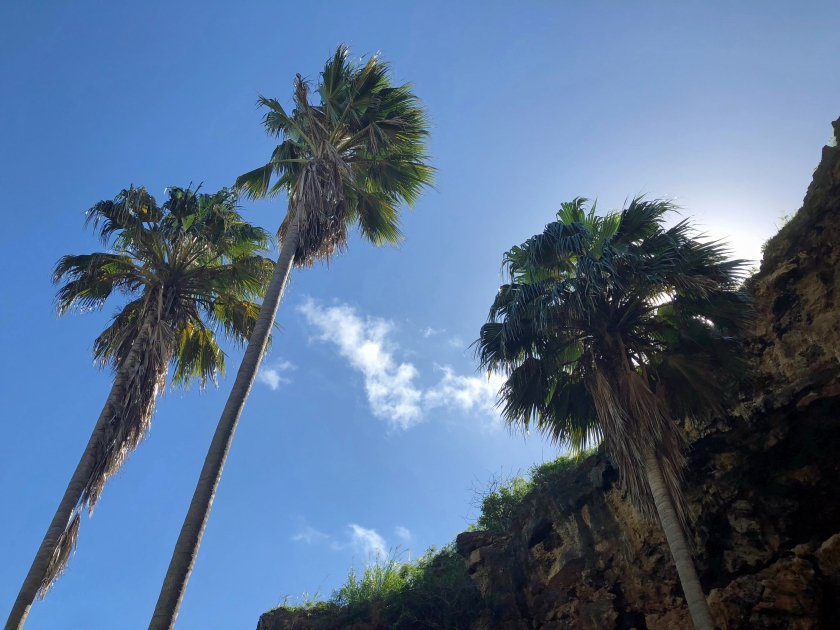
Makauwahi Cave Reserve is open daily from 10 AM to 3:45 PM, but be sure to confirm gate access before heading out. For a safe and enjoyable experience, stick to marked trails and follow all posted signs throughout the reserve.
Tips for Visiting
- Check Gate Access: Confirm if the gates are open before your visit to avoid delays.
- Wear Comfortable Shoes: Trails can be uneven, so sturdy footwear is recommended.
- Bring Sun Protection: Wear sunscreen, a hat, and sunglasses to stay protected from the sun.
- Pack Water and Snacks: There are no shops nearby, so come prepared to stay hydrated.
- Follow Safety Guidelines: Stay on marked trails and adhere to all posted signs.
- Respect Wildlife and Flora: Avoid disturbing animals or picking plants to support conservation efforts.
- Opt for Guided Tours: Join a weekend guided tour for deeper insights into the reserve.
- Plan for Limited Facilities: There are no restrooms on-site, so plan accordingly.
- Capture Moments Respectfully: Photography is welcome, but avoid flash photography inside the cave.
Best Times to Visit
The ideal time to visit Makauwahi Cave Reserve is during Kauai’s dry season from April to October when the weather is warm and trails are easier to navigate. Mornings are the best for cooler temperatures and fewer crowds. If you prefer a quieter experience, consider visiting on a weekday rather than the weekend when guided tours attract more visitors. Be mindful of occasional rain showers year-round and plan accordingly for a comfortable and enjoyable trip.
Nearby Attractions and Accommodations
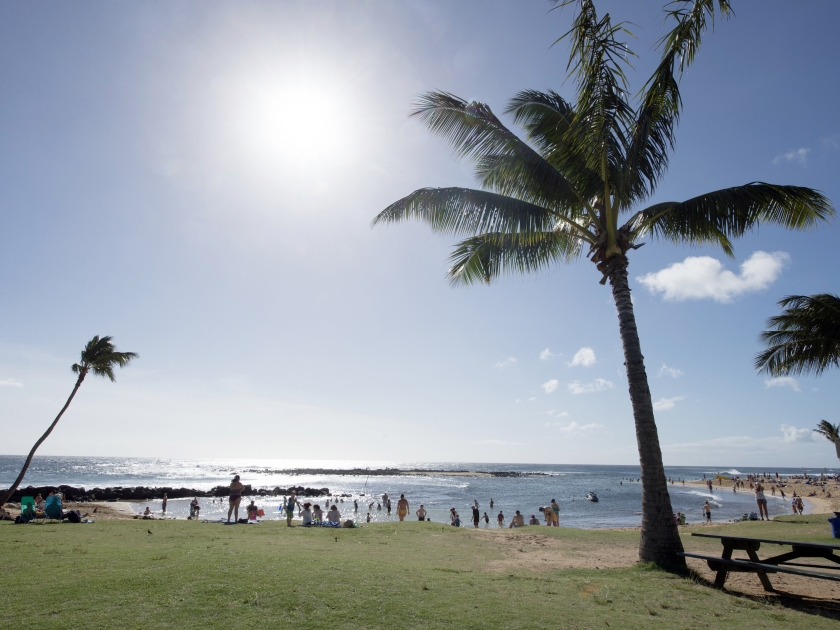
While visiting Makauwahi Cave Reserve, explore other attractions on Kauai’s South Shore, such as Poipu Beach, known for snorkeling and sunset views, and the iconic Spouting Horn, a natural blowhole. For accommodations, consider staying at the luxurious Grand Hyatt Kauai Resort & Spa, offering easy access to nearby attractions, or the Hilton Vacation Club The Point at Poipu Kauai, ideal for families. After a day of adventure, enjoy local dining options in Poipu, with a variety of restaurants serving fresh seafood and Hawaiian-inspired cuisine.
Frequently Asked Questions (FAQs)
I am text block. Click edit button to change this text. Lorem ipsum dolor sit amet, consectetur adipiscing elit. Ut elit tellus, luctus nec ullamcorper mattis, pulvinar dapibus leo.
Yes, entrance to the Makauwahi Cave Reserve is free, although donations are encouraged to support conservation and restoration efforts.
Yes, the reserve is home to various wildlife, including endangered birds and giant African tortoises that roam freely within the protected area.
Exploring the cave and nearby trails typically takes 1 to 2 hours, though visitors can stay longer to enjoy the scenic views and native plant areas.
Yes, the reserve is family-friendly, offering easy hikes, tortoise encounters, and educational opportunities that children can enjoy.
Yes, guided tours are available on certain days, providing in-depth knowledge about the cave’s history, fossils, and conservation efforts.
How to Get There
By Car
Driving to Makauwahi Cave Reserve is a straightforward journey from most locations on the island of Kauai. If you’re starting from Lihue, head southeast on Highway 50 for approximately 12 miles. You will then take a turn onto Maluhia Road (Highway 520) and follow the scenic Tree Tunnel until reaching Koloa. From there, continue on Poipu Road through the Poipu Resort area until you reach Ala Kinoiki Road. Turn left onto this road and follow the signs toward Gillin’s Beach. The reserve is located nearby, and there are ample parking facilities for visitors.
By Bus
Reaching the Makauwahi Cave Reserve by bus requires some planning, as public transportation options are limited. From Lihue, you can take the Kauai Bus route that heads toward Koloa and Poipu. Once in Poipu, the bus does not go directly to the cave reserve, so you will need to transfer to a taxi or arrange for a ride-sharing service to cover the remaining distance. Be sure to check the latest bus schedules and connections to ensure a smooth trip.
Make Makauwahi Cave Reserve Your Next Adventure
Makauwahi Cave Reserve is more than just a destination—it’s a journey through time, nature, and culture, offering one of the most unique experiences in Kauai. From ancient fossils to vibrant wildlife and stunning landscapes, this must-see attraction invites visitors to explore the wonders that make Hawaii unforgettable. Whether you’re an adventurer, nature lover, or history buff, the reserve promises an experience like no other. Add Makauwahi Cave Reserve to your Kauai itinerary today and discover the hidden treasures waiting to be unearthed!



